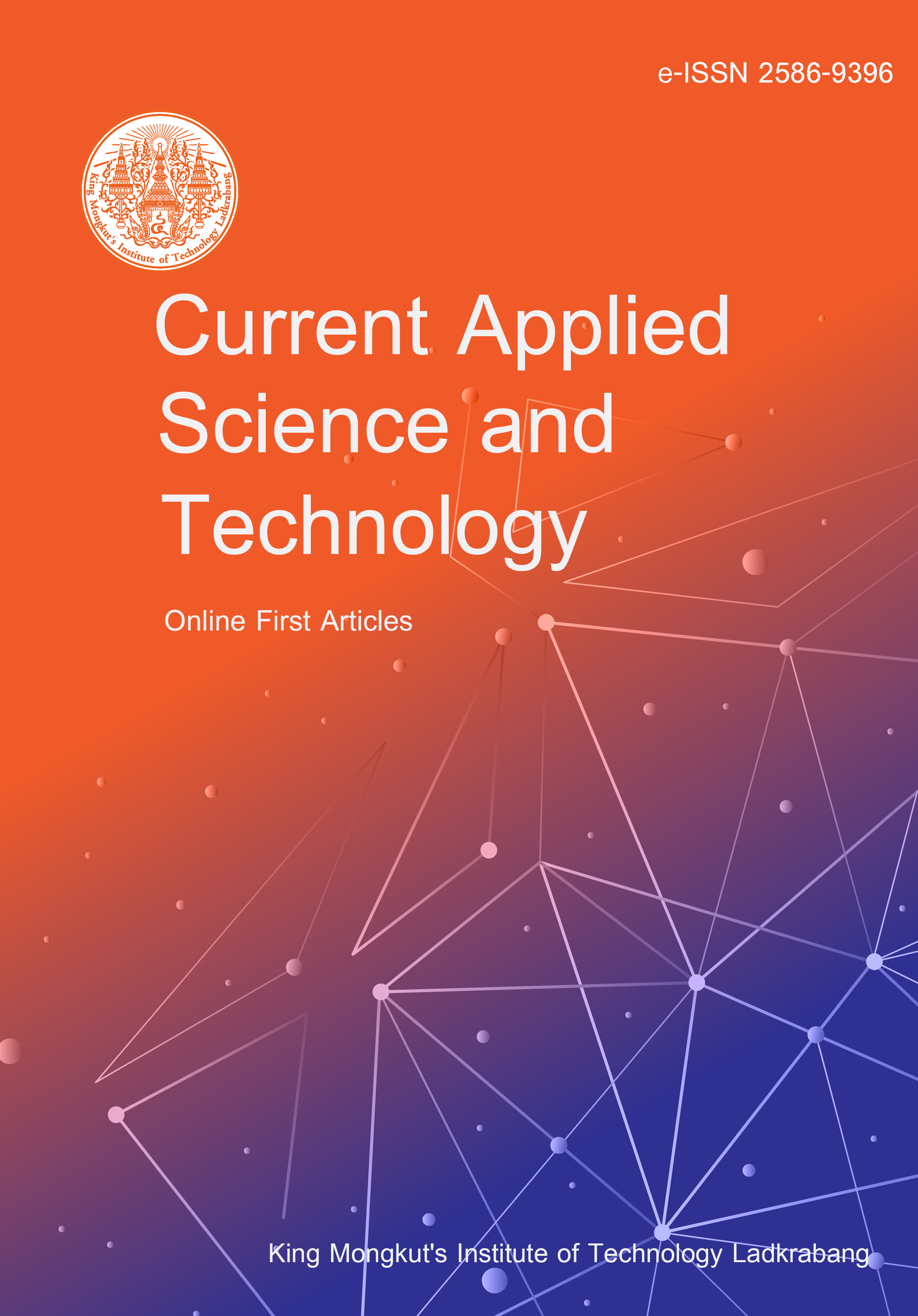Classification of fungi in peanuts remains a critical challenge due to the microscopic nature of fungi, which requires specialized inspection methods. Without proper classification tools, there is a risk for consumers who consume contaminated peanuts, which can lead to severe health effects, particularly for those with fungal allergies. Traditional methods using microscopes or visual inspection by experts are impractical due to the bulky size of instruments, high cost, time-consuming process, and the potential for human error. This research addresses these limitations by proposing an efficient method for fungi classification in peanuts using convolutional neural network (CNN) and image processing techniques. The system utilizes a portable smart lens, an imaging device with high magnification (up to 50x), to capture detailed peanut images and paired with three CNN architectures: MobileNetv2, DenseNet121, and NASNetMobile. The experimental results demonstrated optimal performance with specific parameters for different peanut types. For ground peanuts, the system achieved 97.13% accuracy using 500x500 pixel grayscale images. Similarly, for peanut seeds, the system maintained 96.09% accuracy with 500x500 pixel RGB color images. This approach offers a practical, portable, and cost-effective solution for reliable fungal classification in peanuts.
Dittakan, K. undefined. ., Thaenthong, J. ., Rodkuen, S. undefined. ., & Thungklang, P. . (2025). Fungus Classification in Peanuts from Smart Lens Imagery Using Convolutional Neural Network. CURRENT APPLIED SCIENCE AND TECHNOLOGY, e0265905. https://doi.org/10.55003/cast.2025.265905

